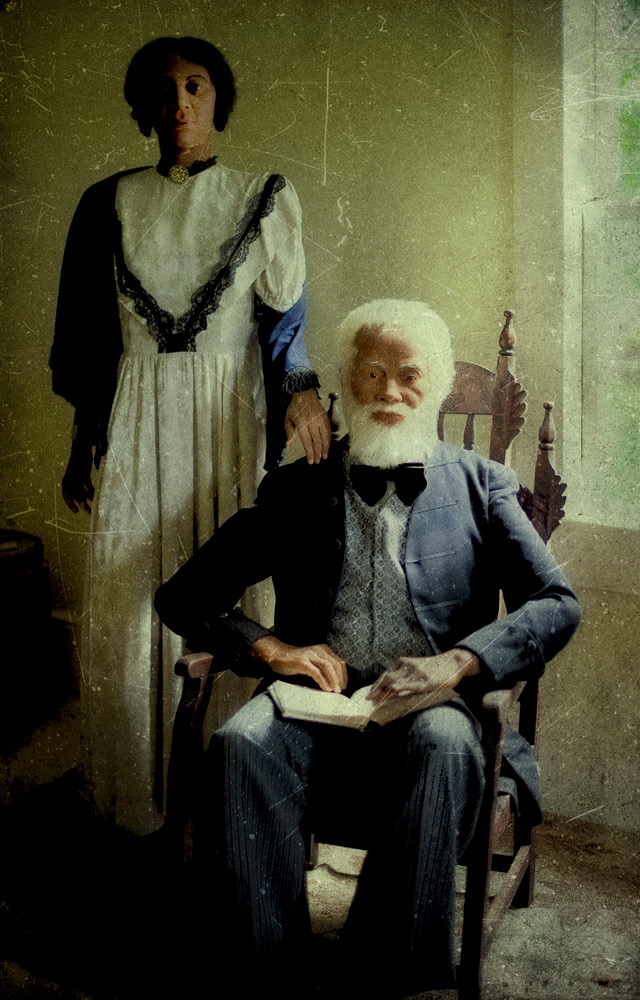Several Oscar-winning films—Lincoln, Django Unchained, and 12 Years a Slave—focus on the period surrounding the U.S. Civil War, when thousands of enslaved African Americans fled north toward Canada. These refugees traveled along the Underground Railroad, a network of safe houses that provided them with shelter. But what happened to these former slaves once they reached Canada’s promised land?
At sights throughout this region, you can explore the African Canadian Heritage Route, tracing the history of the former slaves and their new life in Canada.Many crossed into Canada into what are now the Southwestern Ontario communities of Windsor, Amherstburg, Chatham, Dresden, and Buxton. At sights throughout this region, you can explore the African Canadian Heritage Route, tracing the history of the former slaves and their new life in Canada. In Dresden, the Uncle Tom’s Cabin Historic Site tells the story of former slave and abolitionist Reverend Josiah Henson, whose memoirs may have been part of the inspiration for Harriet Beecher Stowe’s historic antislavery novel, Uncle Tom’s Cabin.
In Dresden, the Uncle Tom’s Cabin Historic Site tells the story of former slave and abolitionist Reverend Josiah Henson. Photo © jimmy brown, licensed Creative Commons Attribution.
Farther west, the Buxton Settlement became the largest black settlement in Canada, with one of North America’s first integrated schools. Many descendants of these early settlers still live in the region, and you can learn more about their heritage at the Buxton National Historic Site and Museum.
Built and operated by descendants of formerly enslaved people who traveled here on the Underground Railroad, the John Freeman Walls Historic Site and Underground Railroad Museum, outside Windsor, brings the fugitive slave experience to life. As you walk into the nearby woods, you hear hound dogs attempting to track you down (fortunately, it’s just a recording). You also learn more about the family who settled here and tour the 1846 log cabin, where they raised nine children.
Before you set out along these routes, have a look at the useful resources for exploring Ontario’s black history that the Ontario Heritage Trust provides on the “Slavery to Freedom” section of their website. Also check out Black History Canada from the Historica-Dominion Institute.
Excerpted from the Second Edition of Moon Ontario.